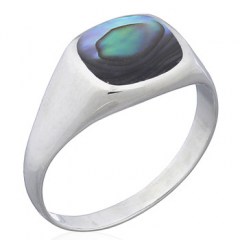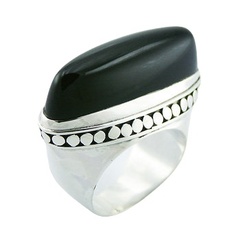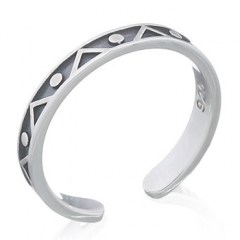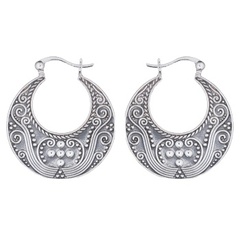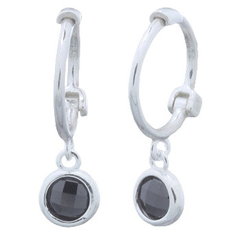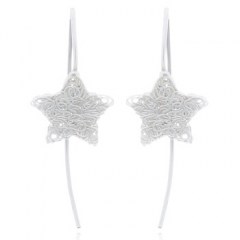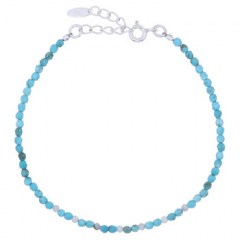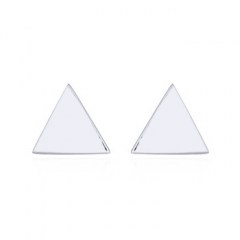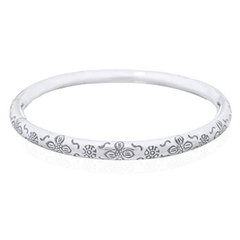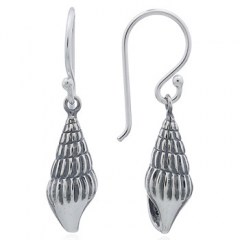Introduction
Heishi bracelets, originating from the Native American tribes of the Southwest United States, have captivated jewelry enthusiasts for centuries with their simple yet elegant design. These unique pieces of jewelry are created from small, handcrafted beads, showcasing the skill and artistry of their makers. In this comprehensive article, we will delve into the fascinating world of Heishi bracelets, exploring their historical roots, the intricate techniques involved in their creation, and the cultural significance they hold for the Native American communities that produce them.
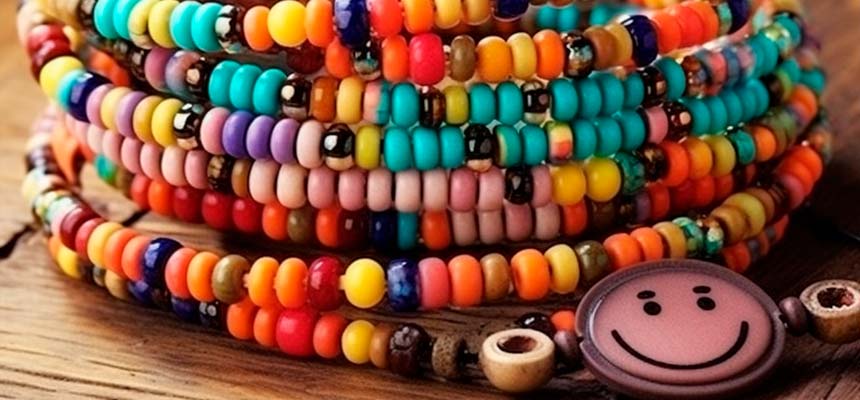
The Historical Roots of Heishi Bracelets
1.1 The Ancient Art of Heishi
Heishi, derived from the Keresan word for "shell," is the oldest form of jewelry-making in the American Southwest, dating back over 6,000 years. The Ancestral Pueblo people, who inhabited the region, were skilled artisans who crafted necklaces and bracelets from various materials, such as shells, stones, and later, metals. These early Heishi pieces were both decorative and held cultural and spiritual significance.
1.2 The Evolution of Heishi Jewelry
As trade routes expanded and new materials became available, the art of Heishi jewelry-making continued to evolve. Native artisans began incorporating different types of shells, gemstones, and metals into their creations, resulting in a diverse range of Heishi bracelets reflecting the unique artistic heritage of their makers.
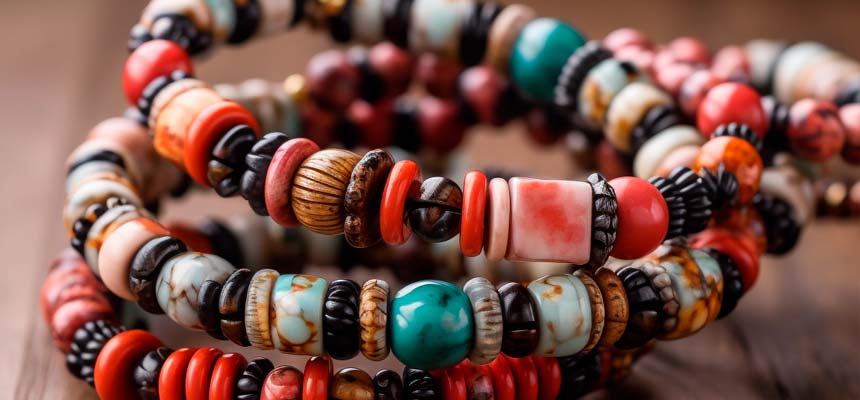
The Art of Crafting Heishi Bracelets
2.1 Selecting Materials
Heishi bracelets can be made from a variety of materials, including shells, stones, and metals. Some of the most popular materials include:
1) Shells: Mother of pearl, spiny oyster, and abalone are among the most commonly used shells in Heishi jewelry.
2) Stones: Turquoise, jet, and serpentine are popular choices for stone Heishi beads due to their vibrant colors and workability.
3) Metals: Silver and copper are frequently used in Heishi bracelets, either as individual beads or as accents alongside shells and stones.
2.2 Creating Heishi Beads
The process of creating Heishi beads is labor-intensive and requires a high level of skill and patience. The steps involved in making Heishi beads include:
1) Shaping: The chosen material is cut into small, rough shapes using a variety of tools, such as saws, drills, and files.
2) Grinding: The rough shapes are then ground down to create a uniform thickness and size. This is typically done using a grinding wheel or similar tool.
3) Drilling: A small hole is drilled through the center of each bead, allowing them to be strung together.
4) Polishing: The beads are polished, either by hand or using a tumbler, to achieve a smooth, even finish.
2.3 Assembling the Bracelet
Once the Heishi beads are completed, they are strung together to create the final bracelet. Depending on the artist's preference, the beads may be arranged in a specific pattern or color scheme, or they may be combined with other materials, such as metal accents or larger focal beads.
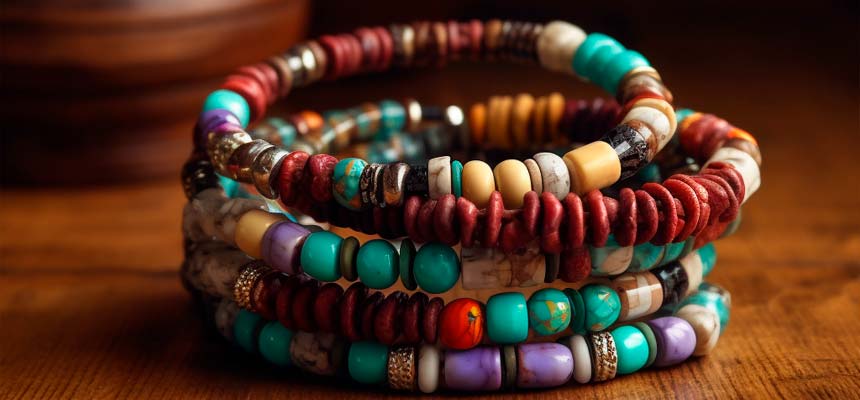
The Cultural Significance of Heishi Bracelets
3.1 A Connection to Ancestral Traditions
For many Native American artisans, the creation of Heishi bracelets is a deeply personal and spiritual process, connecting them to their ancestors and preserving the cultural traditions of their people. This connection to the past is an essential aspect of Heishi jewelry, adding depth and meaning to each piece.
3.2 Symbolism and Spiritual Significance
The materials used in Heishi bracelets often hold specific cultural and spiritual significance for their creators. For example, turquoise, a popular choice for Heishi beads, is believed to possess protective and healing properties in many Native American cultures. Similarly, shells are often associated with the life-giving power of water and are considered symbols of fertility and abundance.
3.3 A Source of Livelihood and Cultural Preservation
Heishi bracelet-making has long been a source of income and cultural pride for many Native American communities, particularly those in the Southwest United States. By continuing the practice of creating these unique pieces of jewelry, artisans not only preserve their ancestral traditions but also contribute to the economic well-being of their communities.
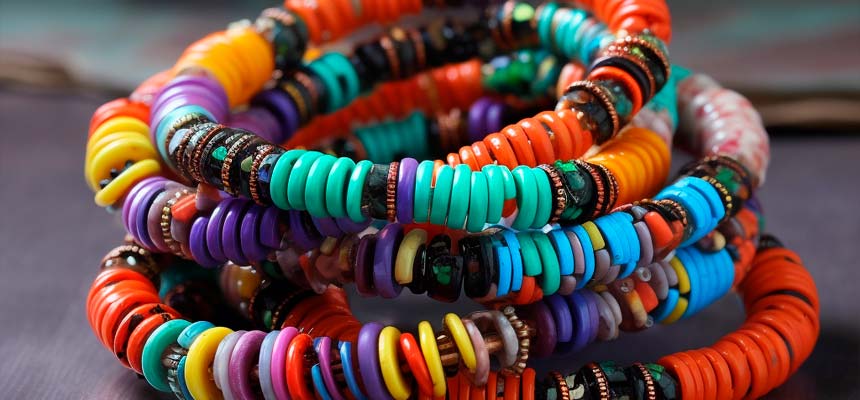
Heishi Bracelets in the Contemporary World
4.1 The Influence of Heishi Design on Modern Jewelry
The simple, elegant design of Heishi bracelets has inspired many contemporary jewelry designers, who have incorporated Heishi beads and techniques into their own creations. This fusion of traditional and modern aesthetics has helped to popularize Heishi jewelry beyond its Native American roots, making it a sought-after accessory for a global audience.
4.2 The Importance of Authenticity and Ethical Buying
As the popularity of Heishi bracelets has grown, so too has the importance of ensuring the authenticity and ethical sourcing of these pieces. Consumers should be aware of the difference between genuine Heishi bracelets, crafted by Native American artisans, and mass-produced imitations. By purchasing authentic Heishi jewelry, buyers not only support the livelihood of the artisans but also help to preserve the cultural heritage of their communities.
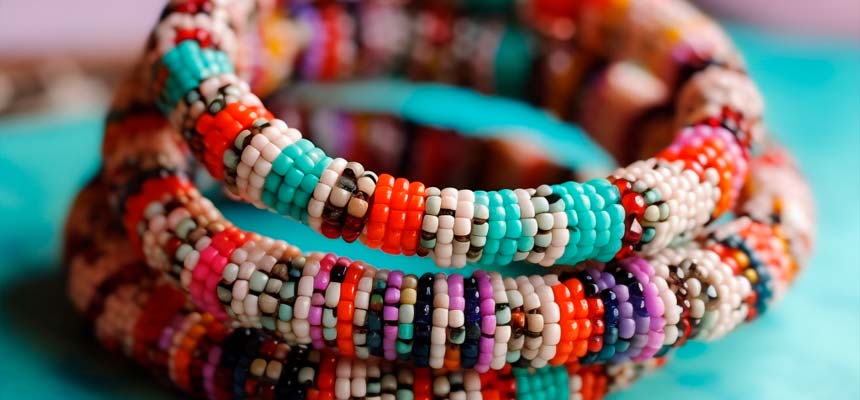
Caring for Your Heishi Bracelet
5.1 Proper Storage
To ensure the longevity of your Heishi bracelet, it is essential to store it properly when not in use. Keep it in a soft pouch or a lined jewelry box to protect it from scratches, moisture, and exposure to air, which can cause damage or discoloration.
5.2 Cleaning and Maintenance
Regular cleaning is crucial to maintaining the beauty of your Heishi bracelet. Depending on the materials used, different cleaning methods may be required:
Shells and stones: Wipe gently with a soft, damp cloth to remove dirt and oils. Avoid using harsh chemicals or abrasive materials, as they can damage the beads.
Metals: Use a soft, lint-free cloth to gently rub the surface and remove any tarnish. For more thorough cleaning, use a gentle jewelry cleaner specifically designed for the type of metal used in your bracelet.
5.3 Professional Inspection and Repair
If your Heishi bracelet contains delicate materials or intricate details, it is recommended to have it inspected by a professional jeweler periodically. They can check for any signs of wear, loose beads, or other potential issues and provide necessary repairs to keep your bracelet looking its best.
- The Intriguing Story of C and L Love Bracelets: A Token of Eternal Affection
- Unleashing the Power of the Wolf Bracelet: Symbolism, Styles, and Stories
- Mood Bracelets: Exploring the Colorful World of Emotion-Reflecting Jewelry
- Carnelian Bracelets: A Comprehensive Guide to the Powerful and Vibrant Accessory
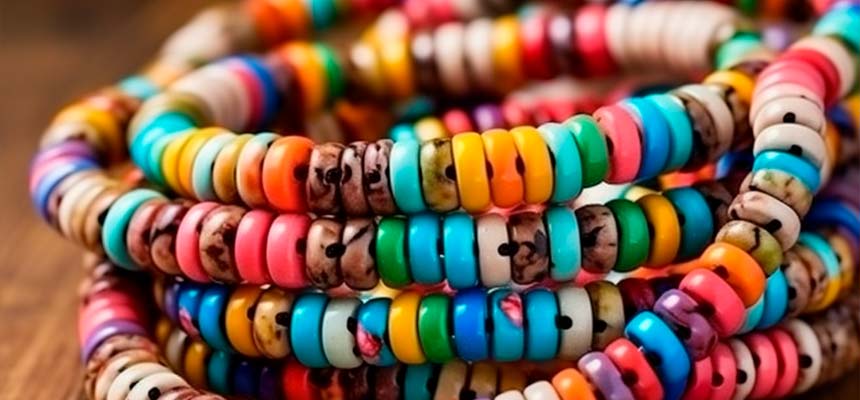
Conclusion
Heishi bracelets are a beautiful testament to the skill, artistry, and cultural heritage of the Native American communities that create them. These unique pieces of jewelry have a rich history that spans thousands of years and continue to captivate wearers with their timeless design and deep cultural significance. By purchasing an authentic Heishi bracelet, you not only acquire a stunning accessory but also help to support the artisans and preserve the traditions of their communities.

